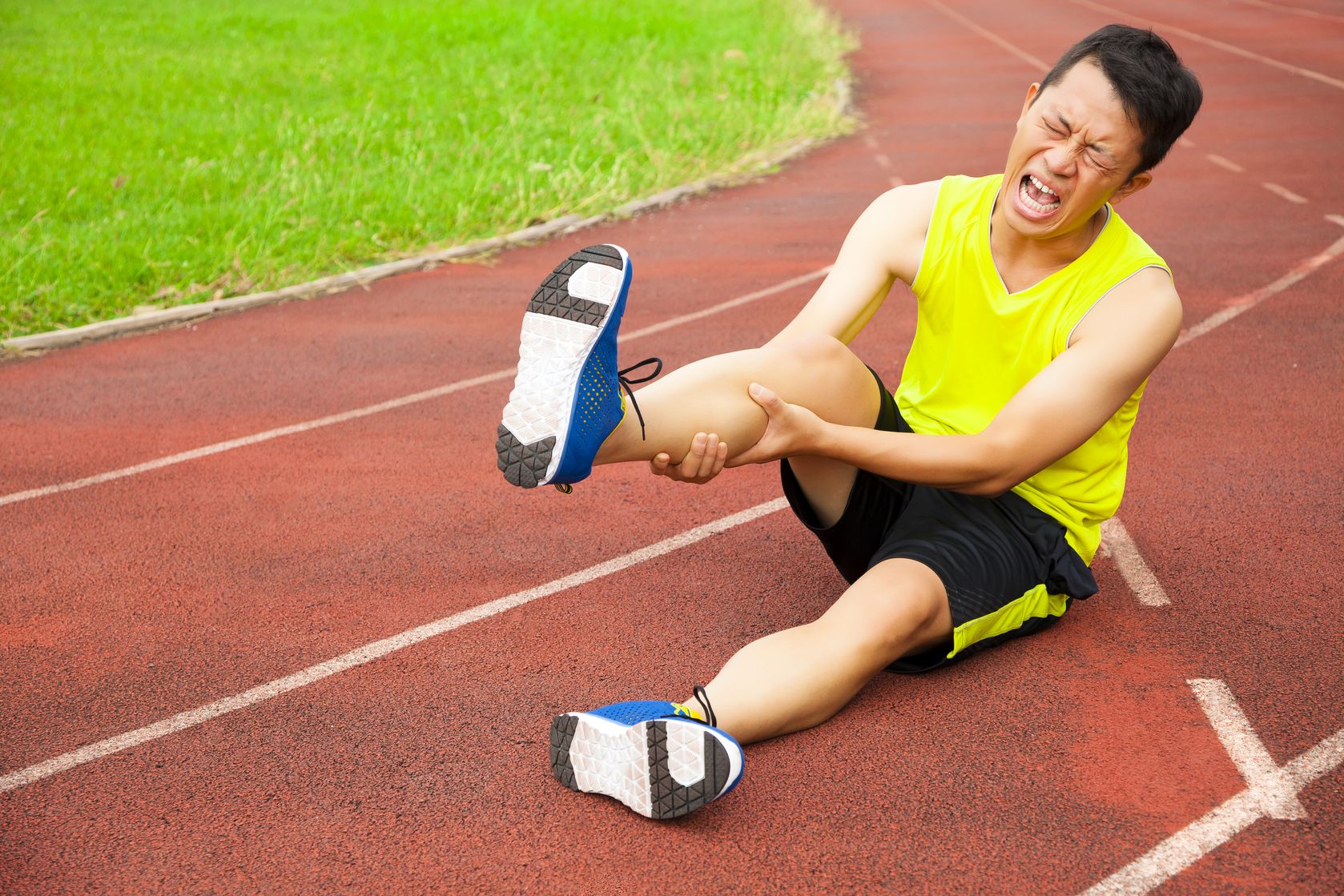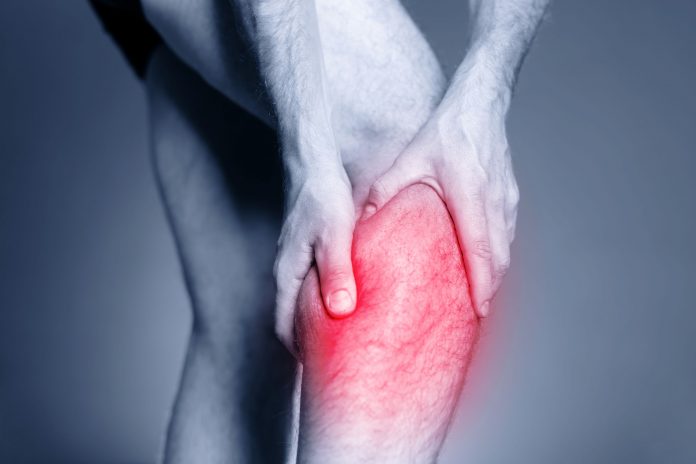Calf strains – perhaps one of the most frequent injuries in runners. And also, one of the most discussed topics amongst sport enthusiasts. One would expect that hundreds, if perhaps not thousands of studies were performed on the subject. Well, guess again. The research on this matter, my fellow runners, is scarce.
What exactly is the calf? According to the dictionary – it’s a baby cow – but I hope everyone reading this article already knows we’re not talking about THEM. Anatomically speaking, what we refer to as “calf” is actually three muscles: gastrocnemius, soleus and plantaris (yep, a mouthful). The three muscles merge through connective tissue in the lower extremity of the leg and connect to the Achilles tendon. The main task of the “calf” muscles is to enable forward movement such as walking, running, jumping, by pulling the heel off the ground. Usually, when we strain our calf we are referring to the gastrocnemius. Muscle fibers tear, due to either excessive elongation either due to fatigue in various degrees.
(Are you asleep yet or can you bear some more?) So, when we walk, run or jump, we don’t do it just by using our calf. Actually, we do with our whole body. As surprising it may sound, almost every muscle is involved in running. Some contract, some stretch some remain unchanged but they all participate – from the biomechanical point of view – to locomotion.
So why does the calf is usually the one to get injured when running or playing tennis? Well, there are a lot of factors but mostly two are clearly associated with calf strains: age and previous injuries. This may seem initially mind-blowing. I asked myself, as you probably did: how about weight, height, gender, shoes etc? Well, as a recent systematic review performed by Green and Pizzari on calf muscle injuries showed, other factors “lack evidence of association” (Green & Pizzari, 2017). This does not mean that all other factors don’t count, only that they are not statistically relevant. In plain English, to each his own.
So, as you grow older the risk of straining your calf while running is higher. Fact. Why exactly is this happening is not completely clear. Most likely muscle fibers lose elasticity even if you train them. And again, we’re talking about the whole body, not just the gastrocnemius. Joints become more rigid, muscles less elastic, so we tend to strain them more. It makes sense: any machine – even one that has been perfectly maintained and oiled – gets less effective with age.

So what can be done? How can we prevent or at least minimize the risk of getting a strained calf? Well, what is everybody telling you to do before running, and basically before any physical training? Yep, STRETCH. What is nobody telling you, because they are unaware and it is also counterintuitive? STRENGTH TRAIN. Yes, you read correctly: strength training.
In a massive review, assessing over 25 trials, over 26000 participants and almost 3500 injuries Lauersen et all reached not one but two shocking conclusions (you might wanna sit down for this):
- Stretching is not beneficial when it comes to calf injuries. It may not harm but it does not help either, from a statistical point of view.
- Strength training reduces calf injuries by at least 50 (FIFTY!!!) percent.
The study lacks one thing: the cohorts are indeed performance sportsmen and women but there is no study particular to runners. However, the results – in my opinion – are too categorical to ignore.
According to the American Society of Biomechanics – strength training may be one of the most important means to prevent calf injuries. Because as we get older – we tend to take smaller steps and use our upper legs and joints to achieve pace, and in order to achieve proper push-off our calves work harder. Strength training is basically prevention (Reynolds, New York Times, 2015).
If you recall, from the beginning of this article, the other risk factor for calf strains is previous calf strains. If you think about it, it makes sense. When we strain the gastrocnemius muscle fibers tear, in various degrees. Yes, they heal but rarely as good as new. So if you hadn’t had a calf strain by now, kudos to you. You may want to consider strength training – just as a prophylactic measure. If you have been previously injured first make sure you heal properly and then consider…strength training.
References:
Green, B., & Pizzari, T. (2017). Calf muscle strain injuries in sport: a systematic review of risk factors for injury. British Journal Of Sports Medicine, 51(16), 1189-1194. http://dx.doi.org/10.1136/bjsports-2016-097177
Lauersen, J., Bertelsen, D., & Andersen, L. (2013). The effectiveness of exercise interventions to prevent sports injuries: a systematic review and meta-analysis of randomised controlled trials. British Journal Of Sports Medicine, 48(11), 871-877. http://dx.doi.org/10.1136/bjsports-2013-092538
Reynolds, G. (2015). Why Runners Get Slower With Age (and How Strength Training May Help). Well. Retrieved 7 January 2018, from https://well.blogs.nytimes.com/2015/09/09/why-runners-get-slower-with-age-and-how-strength-training-may-help/


